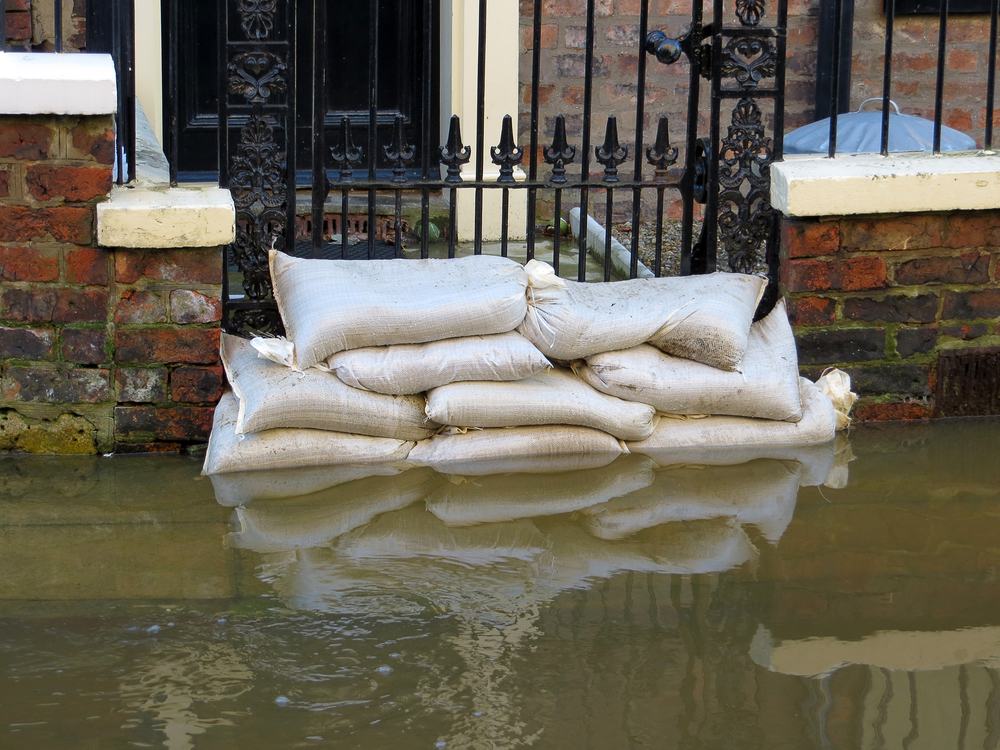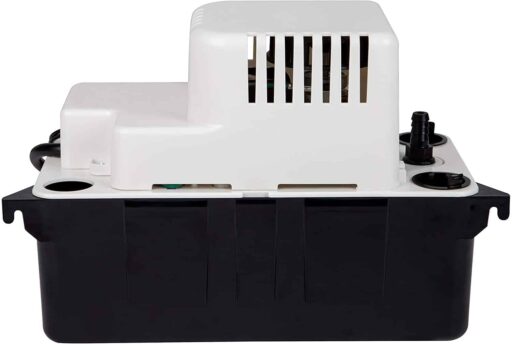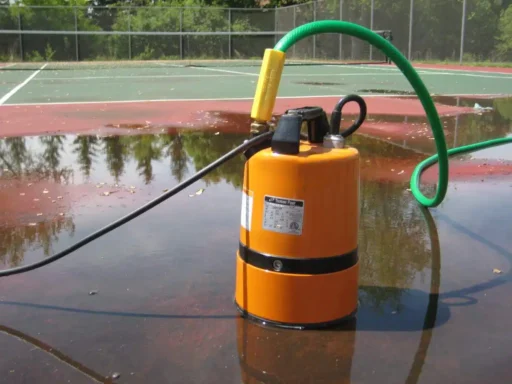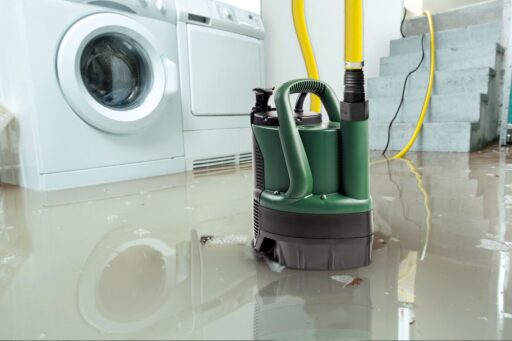Floods count as some of the biggest and most costly natural disasters to befall the British people—and the long-term forecast is bleak as climate change predicates longer and more intense rainfall.
So, get your wellies on, your umbrella out, and give this a good read. The chances are, unfortunately, you’ll need it.
Know the risk
In England and Wales more than five-and-a-half million homes are at risk of flooding, and despite the increasing concerns over exacerbated flooding more than 10,000 new homes are built across flood-prone areas in Britain every year.
Some areas, however, are more prone than others. And though the Environment Agency has said it is impossible to completely protect your property, the Agency can help homeowners with a “flood plan” that could keep you and your property safe.
Make your house less permeable
Arguably the best form of damage limitation is to prevent the water from entering your home in the first place. Water often seeps in through doors, air bricks, and other gaps. A form of reverse pressure can even force water to back-up through the sinks, even the dishwasher.
Fortunately, guards and covers can be fitted in times of emergency, and “non-return” values can be fitted to pipes susceptible to backing up. Be sure to look for any flood-prevention products with the “kitemark” accolade. The kitemark is a symbol that the product has been tested to the rigorous standards of the Environmental Agency.
Limit the damage with Clarke pumps
The Clarke pumps available in our catalogue are submersible and known for their durability; they operate in dirty water—even water containing solids in suspension—as flood water undoubtedly will have. Now for the ingenious part: the pump has a float switch that enables it to operate automatically, whenever it detects a rise in the water level. So, if disaster strikes, this pump will be one step forward on the road to recovery.
For more information on the kinds of pumps we sell, check out our article about it here.
Keep the important belongings safe
Expensive electrical gadgets, that handmade rug from overseas—any sentimental/irreplaceable belongings should be kept far from range of any floodwater; ideally upstairs, in waterproof cases, even in a different building. The plug sockets, if they aren’t already, should be relocated to higher ground.
Prepare an emergency flood kit
Ideally this should contain your ID, a change of clothes, any medication you should require, and some first-aid equipment—in addition to a list of useful contacts such as Floodline and your home insurance and policy number.
Be wary of the hidden costs for homeowners on a floodplain
In addition to the already enormous cost of buying a home in Britain, an increasing number will require substantial investment into flood deterrents. Think, are you buying a home in a flood-prone area? Is it flood-resistant and, is it worth the price if not? It can cost anything up to £5,000 to resist quick, flash floods and this number can be expected to accumulate to as much as £40, 000 in the long term, in the more vulnerable flood hot spots. So think carefully before you commit.
Do you live in a high-risk flood area? Read our blog here to find out, then take the appropriate measures.





